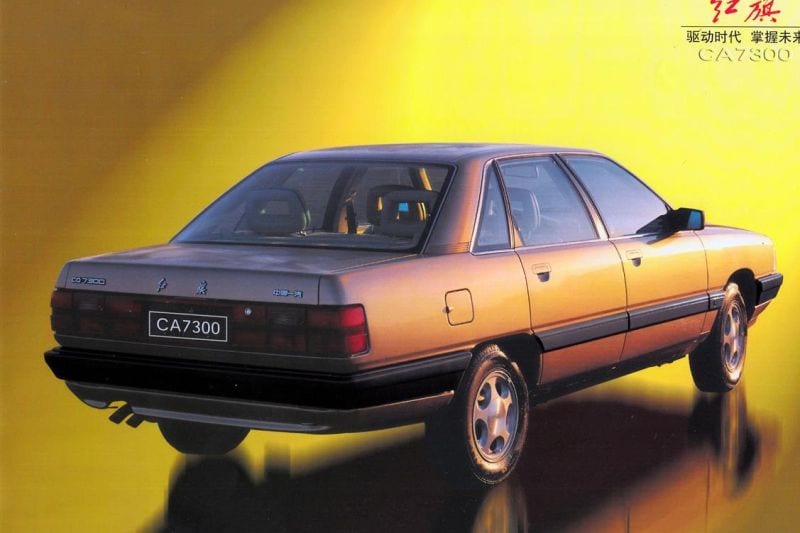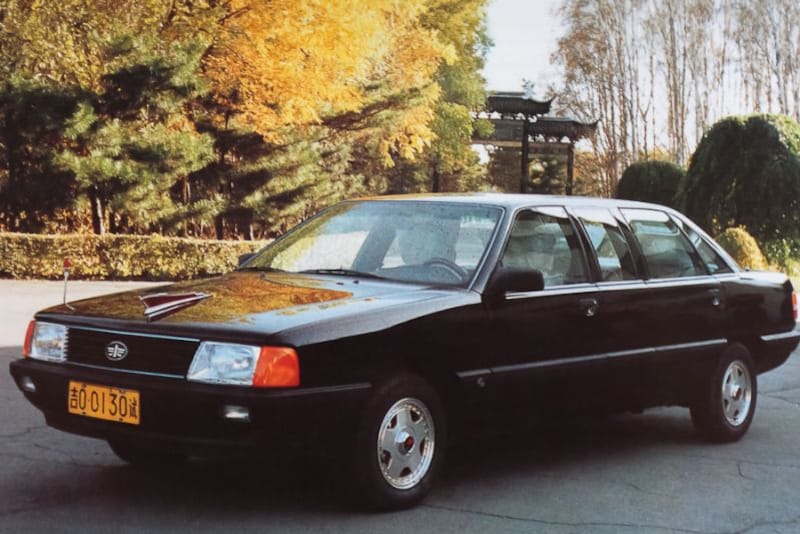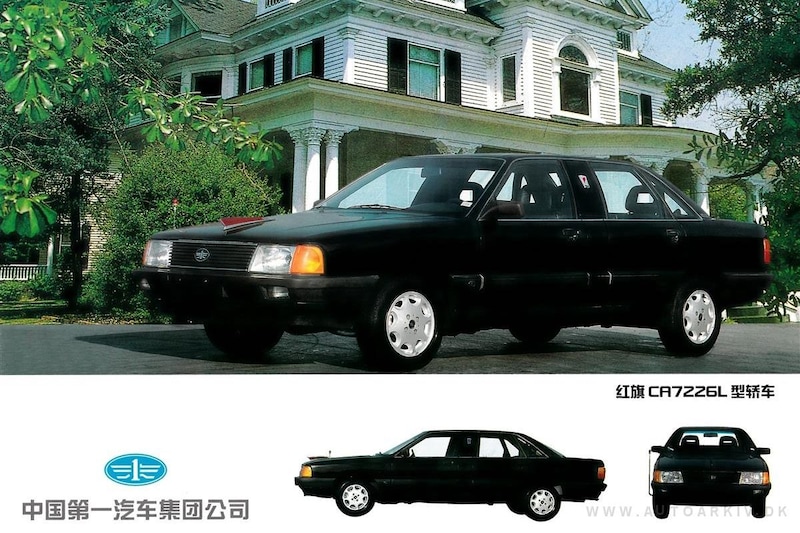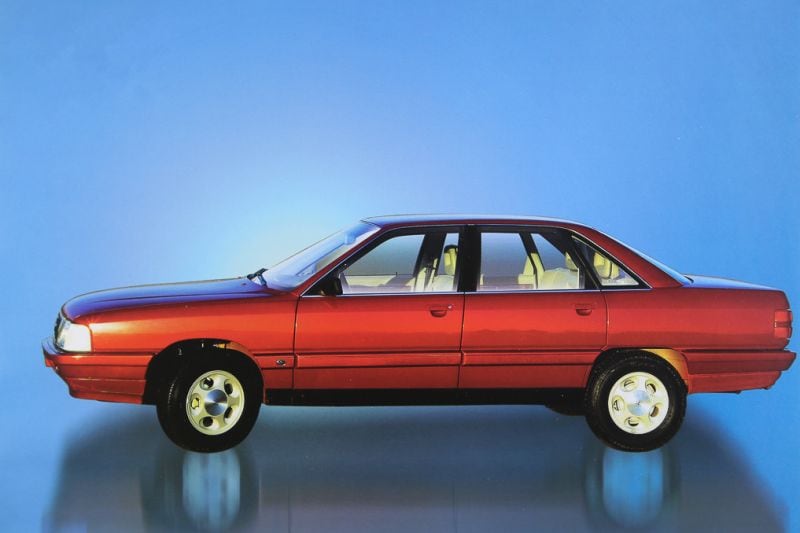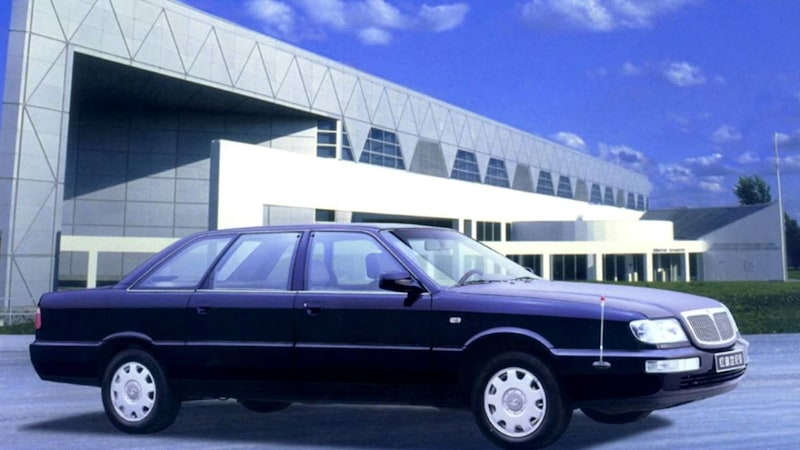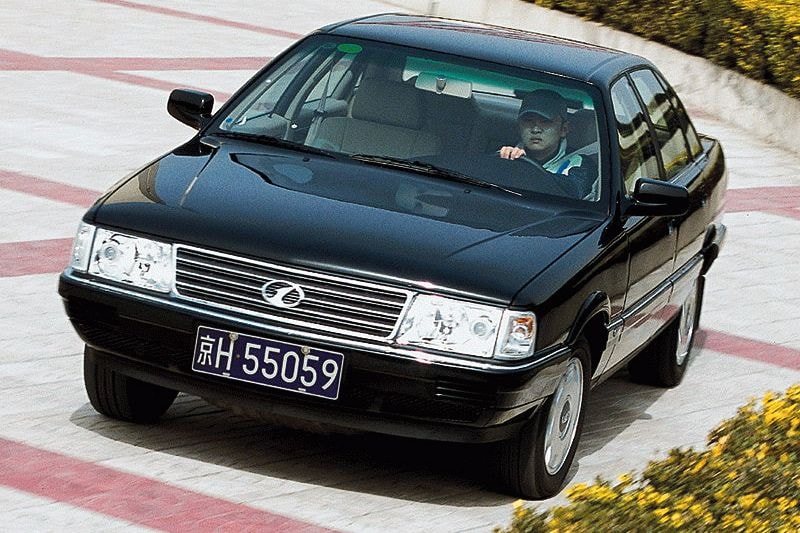Like Hongqi, also with engines from Chrysler or Nissan
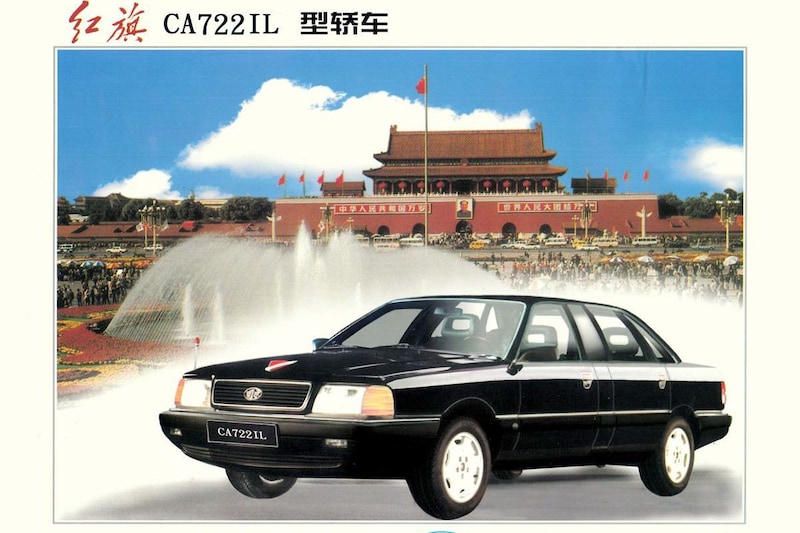

The streamlined Audi 100 C3 was a sensation in 1982. It remained in production until 1991. But it didn’t stop there. The Audi 100 of yesteryear went to China and got a completely new career there under a different flag. A red flag.
We know the streamlined body of this car all too well. The new Audi 100, which sees the light of day at the end of 1982, has a design that was created in the wind tunnel. The smooth shapes, including side windows placed flat in the body, ensure a drag coefficient of 0.30. That is lower than the Citroën CX and the Ford Sierra. Due to its relatively light construction and good streamline, the new Audi is relatively economical. Over the years, this model has been Audi’s stepping stone to the premium class, along with the more expensive Audi 200 and the large V8, which is based on the same model. We brought you that story at the end of last year in the context of the beautiful car year 1982.
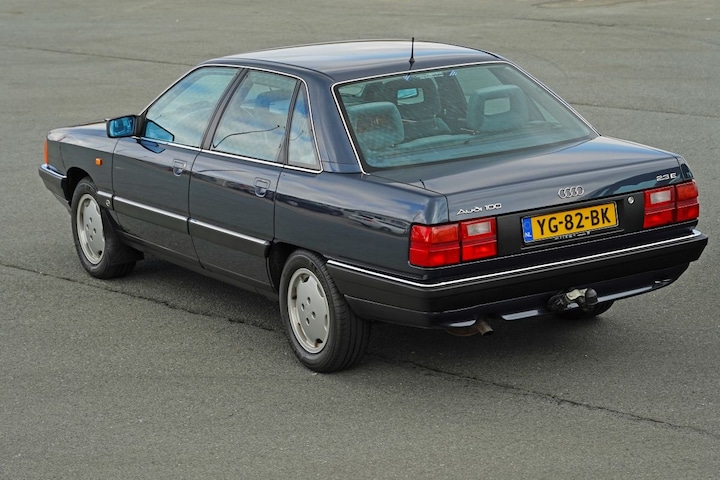
The last series of the Audi 100 C3, which was succeeded in 1991 by the C4.
But when this Audi goes out of production in Germany in 1991, that is by no means the end of the model. A few years later, an almost identical car turns up in China. Same streamlined body, same roomy interior. However, there is no rumbling five-cylinder under the hood, but a four-cylinder from Chrysler or a V6 from Nissan. The bonnet is decorated (?) by a red ornament that most closely resembles a mohawk. And where has the proud logo with the four rings gone? No, this is no longer an Audi 100. This is the Hongqi CA7220. And it was built by Volkswagen in collaboration with the Chinese manufacturer FAW. Hongqi, indeed, the brand that we now even know in the Netherlands, of the E-HS9.
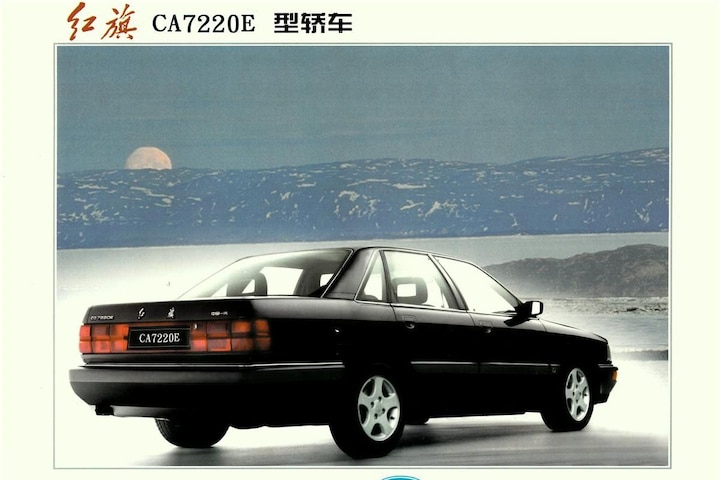
This cooperation was a demand of the Chinese government. When communist China decided in the 1980s that it wanted to allow a little more capitalism, a car industry also had to be built. Cars have been imported on a small scale since the 1960s, mainly from Russia and Japan. But now the Chinese wanted to produce cars themselves. Western manufacturers were invited to establish themselves in China. They brought much-needed know-how with them and as a thank you they were able to enjoy the gigantic Chinese market. Of course, the Chinese didn’t just give their market as a gift. They made demands. The main one was that the Western manufacturers were not allowed to operate in China on their own, but that they had to set up a joint venture with a Chinese company. For example, the Chinese always had control over the manufacturers. Volkswagen had started exporting cars to China in 1978. In 1984, VW started cooperating with manufacturer SAIC in Shanghai (see box). In 1990, Volkswagen was also assigned First Automobile Works (FAW) as a partner.
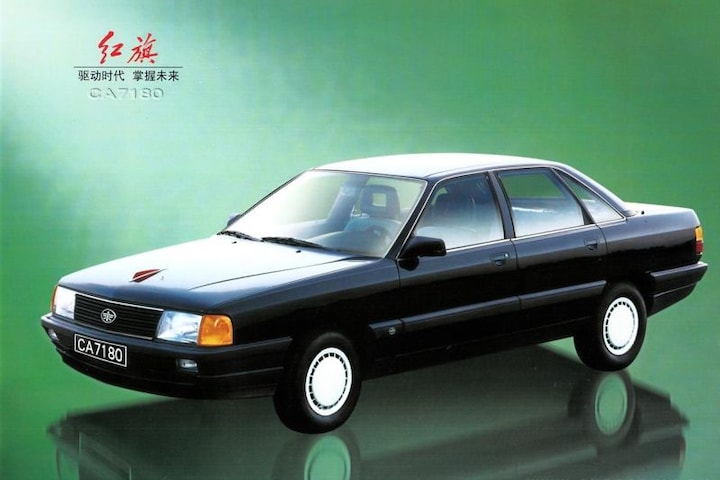
Limos and trucks
FAW was indeed the first car manufacturer of the People’s Republic of China, the factory was founded in 1953 with the help of the Soviet Union. In 1956, FAW built the first Chinese truck, the Jiefang. That truck would remain in production for decades. In 1958, FAW produced China’s first state-owned rose. That special car was branded Hongqi, which means Red Flag, an important national symbol. The Hongqi CA72-LE was the first of a series of such huge limousines. Hongqi limos still serve as official means of transportation for members of the Chinese government.
FAW also made the Volkswagen Jetta for China
But FAW also makes other vehicles. Trucks, vans and passenger cars. In 1991, the cooperation between Volkswagen and FAW started with the construction of a factory in Changchun in Jilin province. FAW-Volkswagen Automobile Co. builds here. Ltd since 1992 the Volkswagen Jetta II, which remains in production for more than twenty years. In 1995, Audi AG is involved in the joint venture and Audis are also produced in the same factory. That production continues to this day.
Audi popular with Communist party
Because Volkswagen AG had been importing cars into China for several years, the Audi brand had become popular with Communist Party executives. But in 1990 it was decided that party bosses were no longer allowed to drive imported cars. FAW wanted to fill this gap by producing its own car and concluded a deal with Volkswagen: the factory in Changchun also built the Audi 100 C3 in addition to Volkswagens. The number of versions was limited to two, with the 2.0-liter four-cylinder or the 2.3-liter five-cylinder. In addition, FAW would also develop a new Hongqi based on the same Audi 100.
Audi with the Chinese name with Audi 1.8, 2.2 from Chrysler or 2.0 V6 from Nissan
The agreement with Volkswagen meant that compensation was paid to the Germans for every Audi platform and engine produced for Hongqi. FAW found a cheap solution by using engines from Chrysler and Nissan. The company had a long-standing deal with Nissan, and in the late 1980s, FAW had purchased the design and machinery for the compact K-car from Chrysler. For example, the Audi with the Chinese name could have a 1.8-liter Audi engine, but it could also be a 2.2-liter four-cylinder from Chrysler, or a 2.0-liter V6 from Nissan.
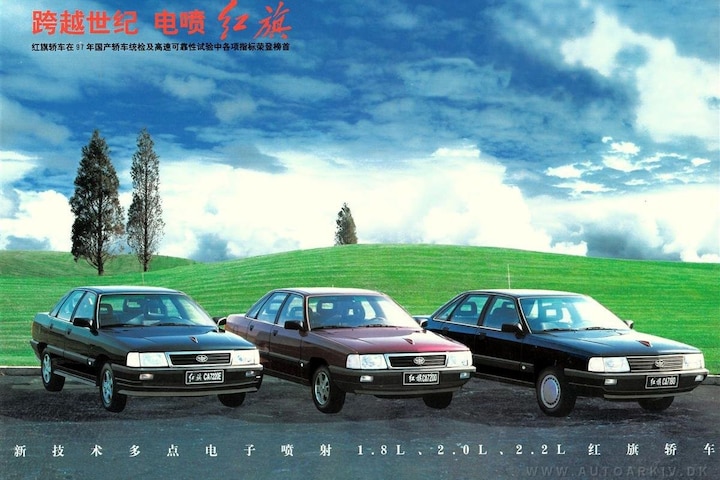
Elongated ornament on the bonnet
The Chinese initially changed little in the appearance of the car. There was, however, an elongated ornament of red, translucent plastic in the middle of the smooth bonnet. The newcomer was introduced in 1994 with the type designation CA 7220, or CA7180, or CA7200 or something else. The difference between all those type designations is difficult to fathom, but it undoubtedly has to do with the motorization.
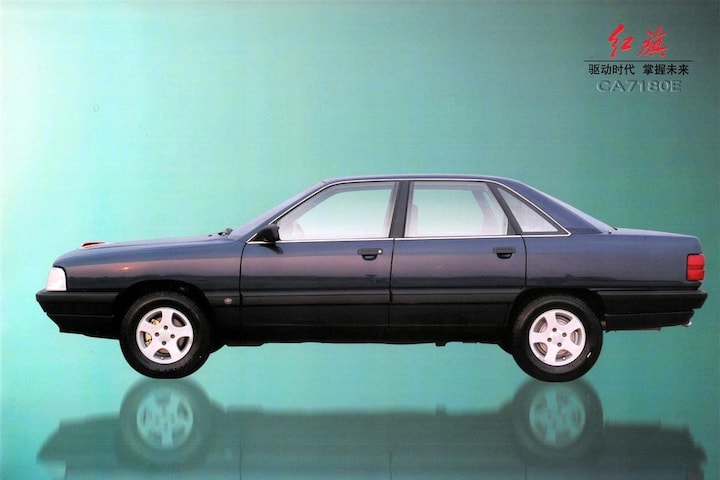
Apart from the logos, you can hardly see the difference with an Audi 100 on the first of these Hongqis. But over time, changes are made. The tight streamline of Audi is broken, Chinese water is added to German wine. There will be more chrome in the grille, other wheels will be fitted and there will be protruding edges along the wheel cutouts in the fenders. The version with the 1.8-liter four-cylinder will later receive the model name Mingshi, the 2.0-liter six-cylinder from Nissan will be called Xinxing, which translates as Century Star or Red Star.

There will also be an extended version. The car is extended by about 25 centimeters between the front and rear doors. These limousines are mainly used by the Communist Party administration, but later they end up as second-hand cars in the circuit of wedding cars and taxis. And even a four-door pick-up version would have been built, but only in very small numbers.
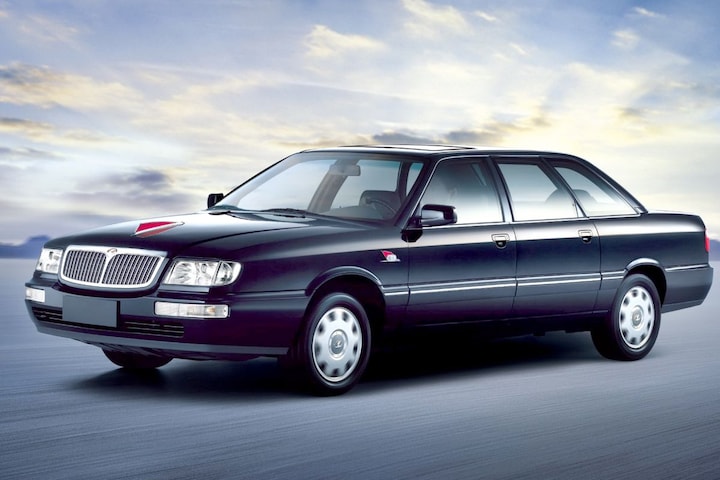
Hardly recognizable as an Audi 100
The first generation of Hongqi/Audi was produced from 1994 to 2000. From 2000 to 2005, the second generation of this model was produced, which is based on the first Audi A6. But that car has changed almost beyond recognition. A large, chromed grille appears at the front, which is very reminiscent of the Lancias of the 1980s. And at the back, the beautiful, light rear spoiler of the Audi A6 has been replaced by a smooth boot lid, but with a small rise on the left and right, like a vague inkling of wings.
Motor-wise, the new model is no different from the old one, the Nissan six-cylinder and the Chrysler four-cylinder are still used. An extended version of this new version is also being built, but now the extension is mounted behind the C-pillar, so behind the rear door. And it doesn’t stop there, because an open version of that extra long Hongqi is also being built. A few hundred pieces even. The long open limo is fitted with a large bracket in the middle, because it is intended for parades. Such a car was used in 2005, for example, to honor the astronauts who returned from the second Chinese manned space flight.
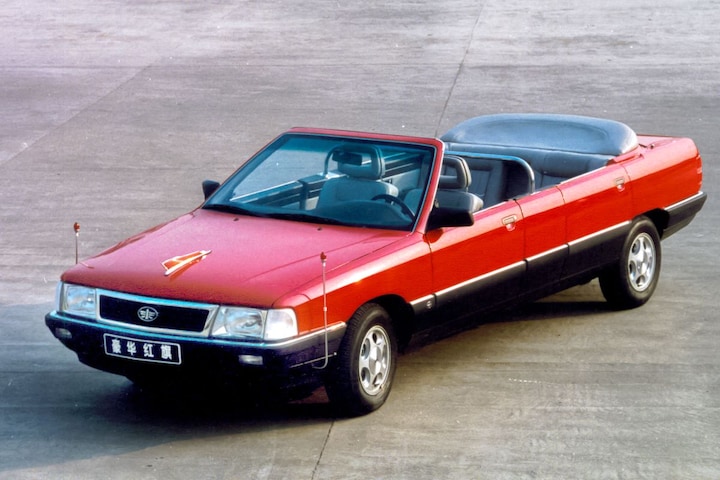
When production of this last Hongqi-Audi ends in 2005, it is estimated that more than 160,000 will have been built. This ends the cooperation of Hong Qi and Audi. FAW now has a partnership with Toyota and the successor will be a slightly modified Toyota Crown. Volkswagen/Audi, together with FAW, will continue with the production of all kinds of Volkswagens and Audis, even to this day.
.
– Thanks for information from Autoweek.nl
